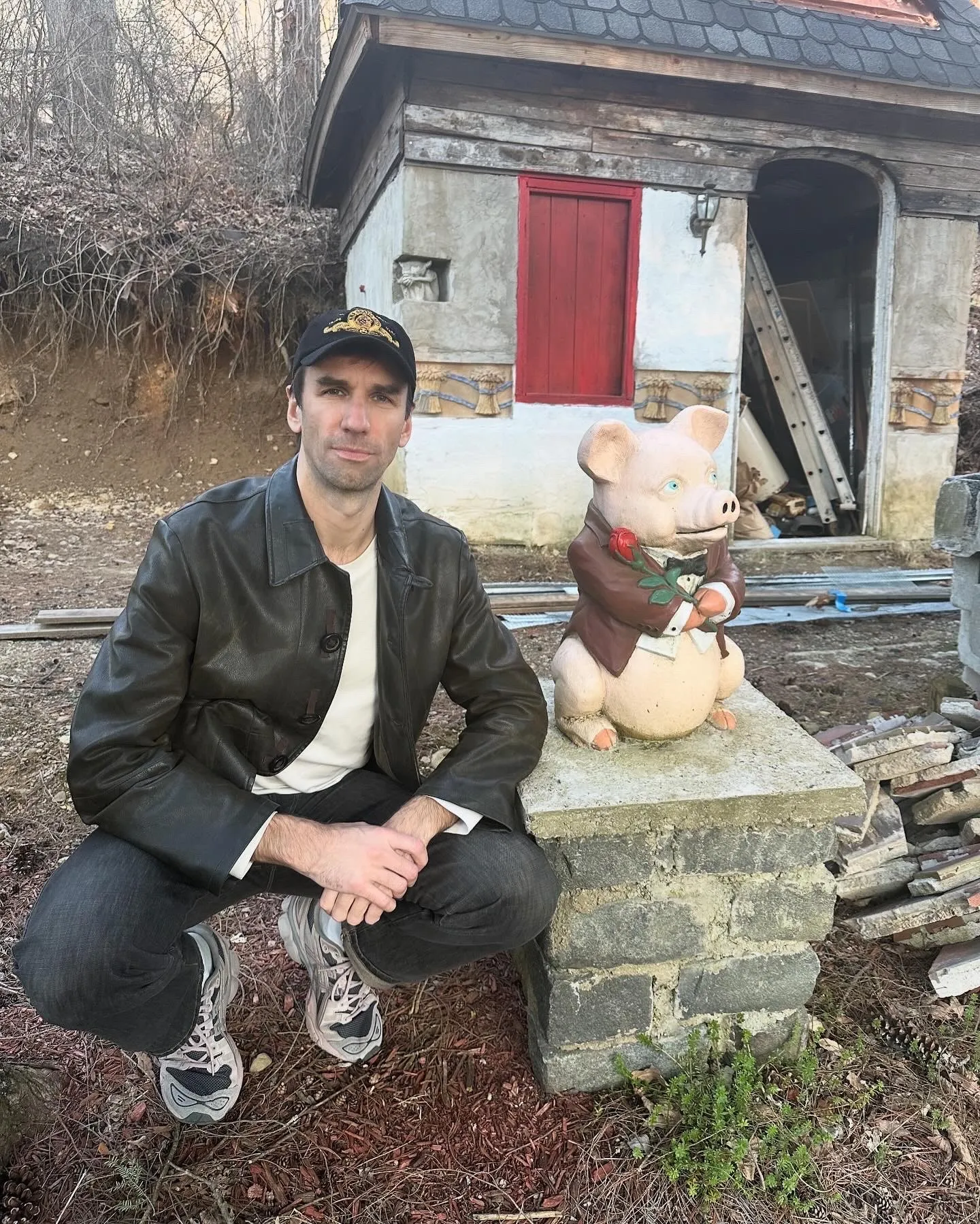German activists reflect on their deaths at Locarno film festival

"Happiness is a Warm Gun" by Thomas Imbach, Switzerland's second entry in the Locarno film festival competition, was screened on Thursday. It is a fictional essay on the after-lives of one of Germany's most prominent political couples, who died a violent death in 1992.
The two protagonists; Petra and Gert, are flash-forwards of Petra Kelly, a militant ecologist in Germany in the 1970s and 1980s, and of Gert Bastian, a former NATO general turned peace activist, who was Kelly’s lover and colleague as a “green” member in Germany’s parliament.
The couple fascinated the public for a number of reasons. There was Kelly’s beauty, their difference in age (Kelly was born in 1947, Bastian had been an officer in the German army during the war), and the mix of political ideas, with Kelly a grassroots militant and Bastian a conservative “green”.
On October 1 1992, Bastian shot Kelly in her sleep before turning the gun on himself. The news hit the international headlines, and a generation of activists speculated whether Kelly had agreed to a suicide pact, or whether Bastian had murdered her.
Imbach, who is 39, said in interviews that he planned to make a film about the couple from the day of their deaths. He says that regardless of whether Kelly had agreed to her death, “it was clear (to me) that this shot was the outcome of Petra’s own life and that she helped squeeze the trigger”.
The underlying strength of the film lies in Imbach’s decision not to make a documentary type of film – however fictional – but to set it in the present. “Happiness Is a Warm Gun”, a title taken from a John Lennon song, , literally begins with the deadly shot.
After a series of breathtaking fast-forwarded visuals Petra awakens in the glass-enclosed transit zone of a modern airport. She wears an ugly gunshot wound on her temple throughout the film.
In the surreal settings of the airport, Petra confronts Gert and other people who were important in her life in an attempt to grasp the meaning of the gunshot that killed her. At the same time, Petra is still Kelly, the activist, seizing upon every moral issue in a way that knows no boundaries, and which unnerves Gert as it must have unnerved Bastian.
But her empathy for Gert also seems to turn her love into something more akin to a project. The former general’s gestures of affection, however, are often clouded by his authoritarian attitude.
Linda Olansky and Herbert Fritsch, who both work in theatre, portray the complicated mix of feelings, passions and doubts superbly. The two actors were given a maximum of freedom to improvise.
“I worked hard on the script, but at the beginning of the shooting I threw it away”, Imbach told swissinfo at the film’s presentation in Locarno. “I had to get rid of the constraints that a script imposes, and when we began with the editing we also went back to zero.”
Cameraman Jürg Hassler, who has worked with Imbach before and was presented as “the fourth character of the film”, said 85 percent of the material was shot spontaneously.
The visual style of the film owes a lot to Hassler. By using an array of techniques – fast-forwards, over-exposure, and surprising angles – he succeeds in creating and carrying off a dream-like atmosphere. The effect is enhanced by the editing process, with hard cuts between different scenes.
When asked to explain the way they used improvisation, Imbach and Hassler cited a group of asylum-seekers who make several appearances in the film. Imbach had planned on a meeting between Kelly and an African, he says, but when a group of immigrants was detained at the airport during the shooting, the film-makers quickly seized on the occasion.
Unfortunately, Imbach and his crew got a little carried away with the incident. Instead of once, the Africans appear at least three times. There are suspicions that Imbach also wanted to make a film about the mistreatment of Africans. It is possibly the only inconsistency in the film.
Imbach does make use of some documentary material – such as shots of Kelly and Bastian during a parliamentary debate. It appears on television screens in the airport lounge and transit rest room to which Petra and Gert retire, and prods Petra to re-enact, and vehemently defend, a controversial speech she made in her living past.
Some German film critics, however, complained about the presentation saying that Imbach’s film was not sufficiently “authentic”. Imbach answered that “you cannot turn a deadly gunshot into a film, and then add footnotes. What you’d get is a shot that backfires”.
by Markus Haefliger

In compliance with the JTI standards
More: SWI swissinfo.ch certified by the Journalism Trust Initiative








You can find an overview of ongoing debates with our journalists here . Please join us!
If you want to start a conversation about a topic raised in this article or want to report factual errors, email us at english@swissinfo.ch.